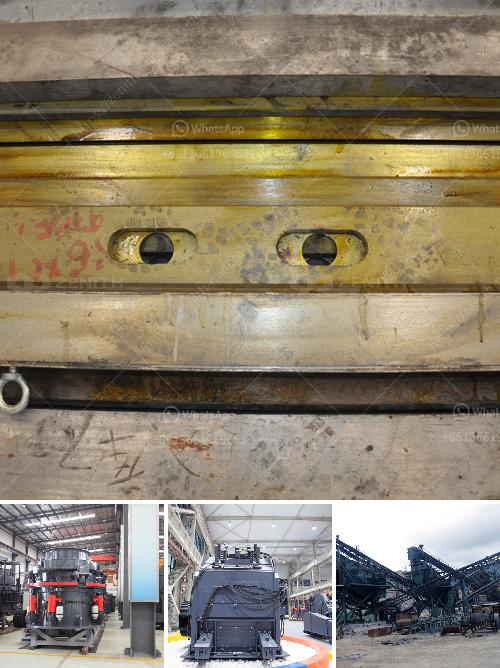Hematite, magnetic limonite, and rhodochrosite are all minerals, each with distinct properties and uses. Let's delve into each one in detail:
Chemical Composition: Hematite is primarily composed of iron(III) oxide (Fe₂O₃).
Appearance: It typically appears in a range of colors from metallic gray to reddish-brown. The reddish streak it leaves when scratched on a surface is a key identifying feature.
Formation and Occurrence: Hematite is commonly found in sedimentary, metamorphic, and igneous rocks. It forms through the precipitation of iron from water or through the oxidation of iron-bearing minerals.
Uses: Hematite is a significant ore of iron and is used in the production of steel. It is also used as a pigment (red ochre) and in jewelry.
Magnetic Properties: Hematite is weakly magnetic, which can help in its identification.
Chemical Composition: Limonite is not a true mineral but a mixture of hydrated iron(III) oxide-hydroxides, often with the formula FeO(OH)·nH₂O.
Appearance: It usually appears in shades of yellow, brown, or black. It has an earthy luster and a yellowish-brown streak.
Formation and Occurrence: Limonite forms through the weathering and hydration of iron-rich minerals. It is commonly found in soils and as a secondary mineral in iron ore deposits.
Uses: Limonite is used as an iron ore, though it is less efficient than hematite or magnetite. It is also used as a pigment.
Magnetic Properties: While limonite itself is not magnetic, it can contain magnetite, which gives it magnetic properties.
Chemical Composition: Rhodochrosite is composed of manganese carbonate (MnCO₃).
Appearance: It is known for its striking pink to red color, often with white streaks or banding. The color can vary depending on the amount of iron present.
Formation and Occurrence: Rhodochrosite forms in hydrothermal veins, often associated with silver, lead, and copper ores. It can also form in sedimentary deposits.
Uses: Rhodochrosite is primarily used as a manganese ore. It is also highly valued as a gemstone and for ornamental purposes due to its attractive color.
Magnetic Properties: Rhodochrosite is not magnetic.
Each of these minerals has unique characteristics that make them valuable in various industrial and decorative applications.
